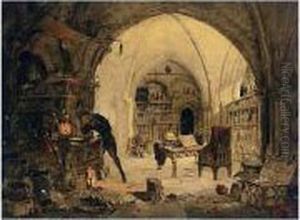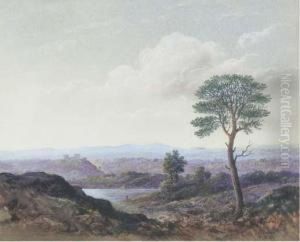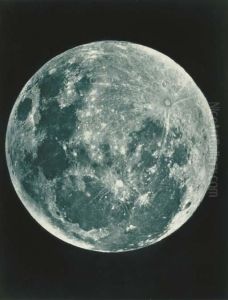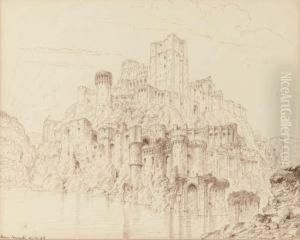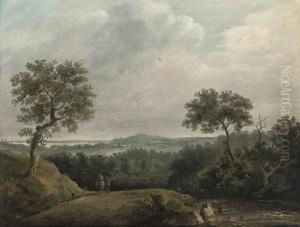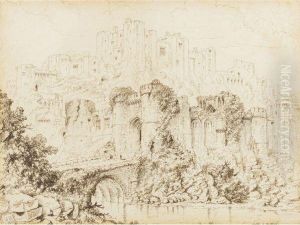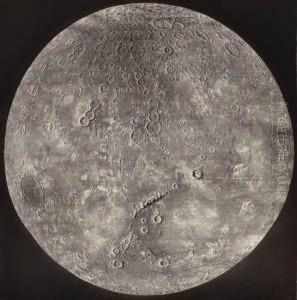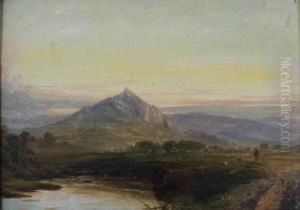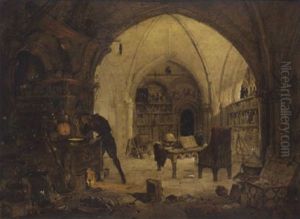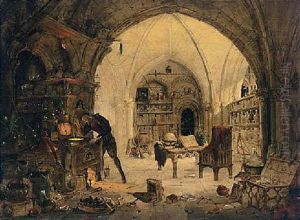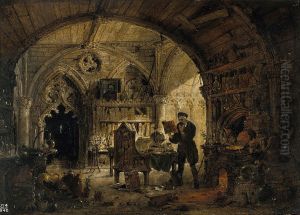James Nasmyth Paintings
James Nasmyth was a Scottish engineer, inventor, and artist, born in Edinburgh on August 19, 1808. He was the son of the artist Alexander Nasmyth, who was a renowned landscape painter, and under his father's guidance, James developed a keen interest in both art and engineering from an early age.
Nasmyth showed a talent for mechanical inventions, and after attending school in Edinburgh, he was apprenticed to Henry Maudslay, one of the leading mechanical engineers of the time. This experience allowed Nasmyth to gain valuable skills and knowledge in engineering and machinery.
In 1834, Nasmyth opened his own foundry and engineering workshop in Patricroft, near Manchester, which became known for its production of machine tools. He achieved fame as an engineer with his invention of the steam hammer in 1839, a revolutionary tool that transformed the forging process in iron and steel manufacture, allowing for the production of massive iron and steel components.
Apart from his contributions to engineering, Nasmyth had a keen interest in astronomy, which he pursued as a hobby. He made detailed drawings of the Moon's surface using a telescope that he constructed himself and later published them in a book co-authored with James Carpenter, titled 'The Moon: Considered as a Planet, a World, and a Satellite' in 1874.
Nasmyth retired from business in 1856 to devote himself to his hobbies of astronomy and painting, and he continued to innovate and contribute to various scientific discussions. He was also an early advocate of technical education, understanding the importance of skilled knowledge for the advancement of industry.
James Nasmyth died on May 7, 1890, in London. His legacy as an inventor and engineer is marked by the continued use of his designs and principles in machinery and the steam hammer, which remains a key part of metal forging processes. Additionally, his contributions to observational astronomy and his artistic talents are remembered as integral parts of his multifaceted and influential career.

